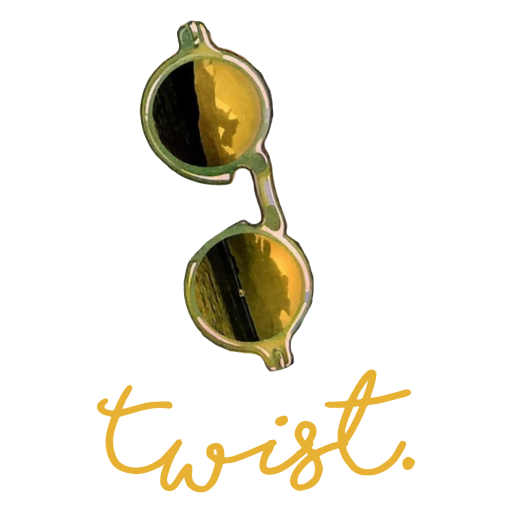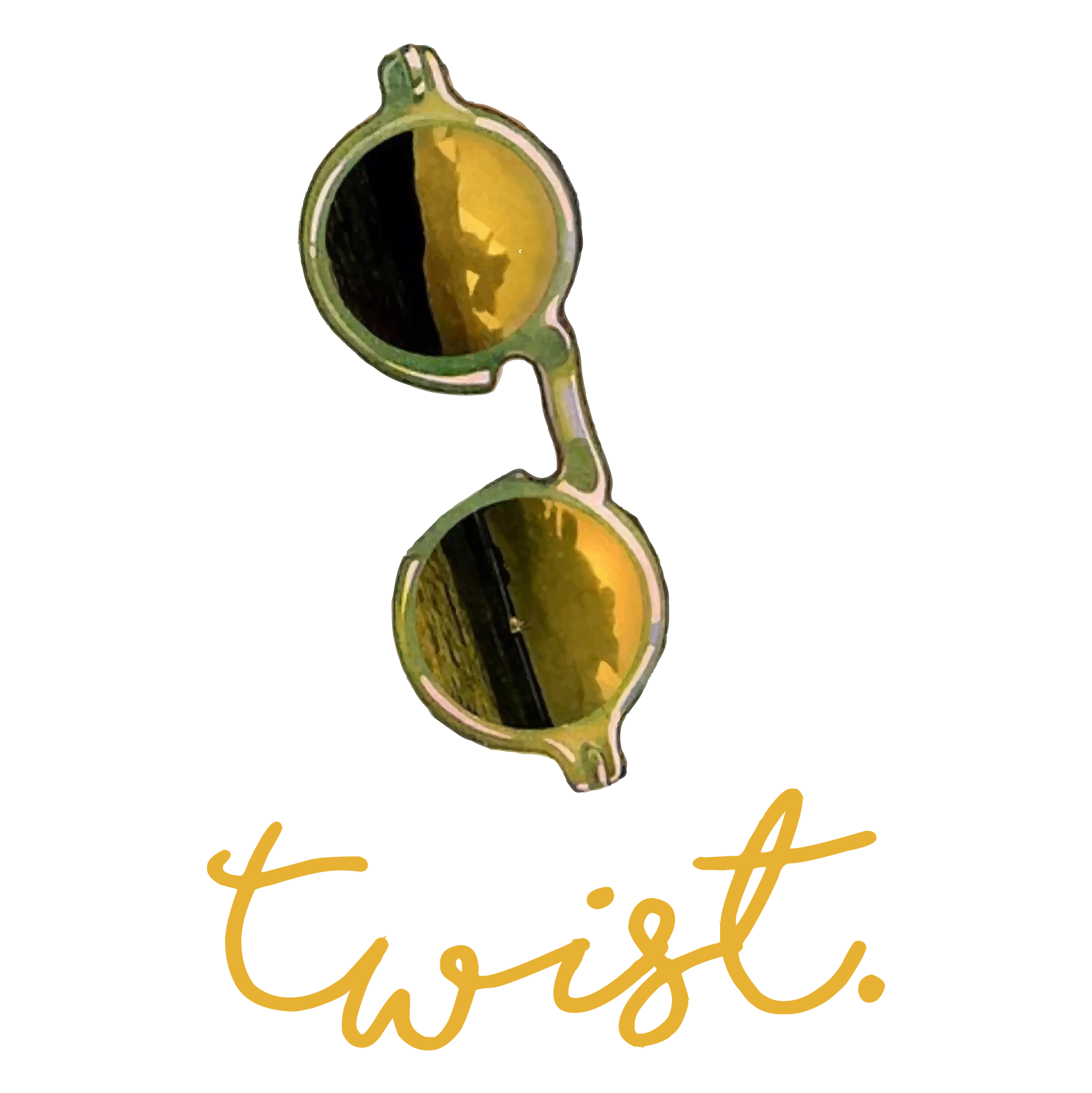Preferably the axial swirler and/or the burner outlined above is utilized in an annular combustor, a can combustors, or an individual or reheat machines.
Favored embodiments in the invention include explained within the following with regards to the drawings, which are with regards to illustrating the current best embodiments for the invention and not for the intended purpose of limiting the exact same.
1 shows a schematic viewpoint view onto a traditional swirler with swirl vanes creating trailing edges with traditional discharge circulation perspectives I±(roentgen)=const.;
2 demonstrates two exemplary dependences I±(roentgen) of a release flow position I± on a length R into the swirler axis of an axial swirler according to features: brown [I±(R)]=KA·R I? +H;
3 reveals two excellent swirl blades or vanes based on development with particular R-dependences with exponent I?=1 and I?=10 based on 2 and function bronze [I±(roentgen)]=KA·R I? +H;
4 reveals a schematic perspective look at swirl vanes as positioned in an axial swirler arrangement with I?=1, wherein (a) shows a setting of swirl vanes triggering large swirl (higher swirl amounts sn) and (b) demonstrates a setting of swirl vanes causing a reduced swirl (low swirl number sn);
From inside the images
5 shows the nondimensional force reduction within the swirler scaling using the swirl wide range of the swirler as from experiments and CFD computations;
6 demonstrates the dependency associated with swirl quantity sn in the exponent I? as given by work: tan [I±(roentgen)]=KA·R I? +H with minimal discharge flow angle I±(Rmin)=20 qualifications and optimum release stream direction I±(Rmax)=50 degrees; and
7 shows in (a) a typical example of an annular combustor with burners comprising one swirler per burner www.datingranking.net/chatib-review/ along with (b) a typical example of an annular combustor with a burner comprising five swirlers per burner.
1 demonstrates 1 demonstrates a schematic attitude see onto a conventional swirler 43. The swirler 43 includes an annular property with an inner limiting wall surface 44aˆ?, an outer restricting wall 44aˆ?, an inlet area 45, and an outlet neighborhood 46. The swirl vanes 3 are provided with a discharge flow direction that does not rely on a distance roentgen from a swirl axis 47, it is continual through the annulus. The leading sides part of each vane 3 has a profile, and is oriented parallel on inlet flow course 48. For the sample found the inflow are coaxial on the longitudinal axis 47 regarding the swirler 43. The pages from the vanes 3 change from biggest flow direction 48 to enforce a swirl regarding the stream, and generating an outlet-flow movement 55, which includes an angle relative to the inlet flow direction 48. The key movement is actually coaxial on the annular swirler. The socket stream was spinning around the axis 47 regarding the swirler 43. Today’s development enhances the swirl vanes 3 by providing these with a discharge circulation direction that differs with length roentgen.
FIG
2 reveals two samples of dependences from the discharge or exit circulation position I± on radial length R on swirler axis 47, whereby the dependences is implicitly identified because of the features: tan [I±(R)]=KA·R I? +H.
The dashed line is for an exponent benefits I?=1 and the strong line for an exponent importance I?=10. Rnorm is defined as Rnorm [dimensionless]=R [in yards]/Rmax [in m]; Rnorm try normalized with all the optimum value Rmax of distance Roentgen on the swirler axis 47 value, hence dimensionless.
3 reveals two embodiments with the swirler blade 3 that both fulfill the above mentioned purpose of 2 with I?=1 ( 3(a) ) and I?=10 ( 3(b) ).


